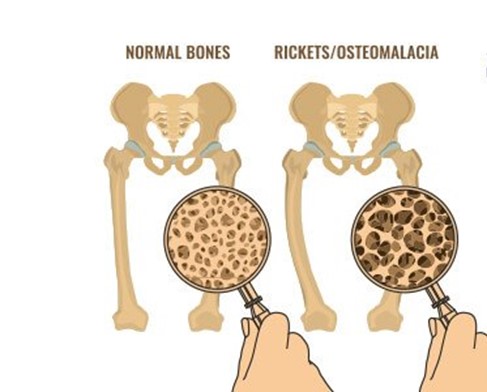I have edited the text according to your instructions.
text 1:
An older adult with a terminal illness is receiving hospice care and is having difficulty coping with feelings related to death and dying. Which intervention(s) should the nurse include in this client's plan of care? (Select all that apply.)
Instruct client and family to reconsider end of life choices.
Teach client how to use guided imagery.
Record the client's desire to live.
Encourage family to visit frequently.
Encourage family to bring the client old photographs.
Correct Answer : B,C,D,E
Choice A reason: This is incorrect because instructing the client and family to reconsider end of life choices is disrespectful and insensitive. The nurse should respect the client's autonomy and preferences and support their decisions.
Choice B reason: This is correct because teaching the client how to use guided imagery is a helpful intervention for coping with feelings related to death and dying. Guided imagery is a relaxation technique that involves visualizing positive images and scenarios that can reduce stress, anxiety, and pain.
Choice C reason: This is correct because recording the client's desire to live is an important intervention for coping with feelings related to death and dying. The nurse should acknowledge and validate the client's emotions and help them express their hopes and fears.
Choice D reason: This is correct because encouraging family to visit frequently is a beneficial intervention for coping with feelings related to death and dying. The nurse should facilitate family involvement and communication and help the client maintain meaningful relationships.
Choice E reason: This is correct because encouraging family to bring the client old photographs is a useful intervention for coping with feelings related to death and dying. The nurse should assist the client in reminiscing and reviewing their life story and achievements.
Nursing Test Bank
Naxlex Comprehensive Predictor Exams
Related Questions
Correct Answer is D
Explanation
Choice D is correct because frequent exposure to sunlight is the most significant environmental factor when planning care for a client with osteomalacia. Osteomalacia is a condition in which the bones become soft and weak due to inadequate mineralization, often caused by vitamin D deficiency. Vitamin D is essential for calcium absorption and bone health, and it can be synthesized by the skin when exposed to sunlight. The nurse should encourage the client to get at least 15 minutes of sunlight per day or take vitamin D supplements as prescribed.
Choice A is incorrect because quiet, calm surroundings are not a specific environmental factor for a client with osteomalacia. Quiet, calm surroundings may help reduce stress and promote relaxation, but they do not affect bone mineralization or vitamin D synthesis.
Choice B is incorrect because stimulating sounds and activity are not a specific environmental factor for a client with osteomalacia. Stimulating sounds and activity may help improve mood and cognition, but they do not affect bone mineralization or vitamin D synthesis.
Choice C is incorrect because cool, moist air is not a specific environmental factor for a client with osteomalacia. Cool, moist air may help relieve respiratory symptoms or allergies, but it does not affect bone mineralization or vitamin D synthesis.
Correct Answer is D
Explanation
Choice A reason: Quiet, calm surroundings are not a specific environmental factor for osteomalacia, which is a condition that causes softening and weakening of the bones due to vitamin D deficiency. However, they may be beneficial for promoting rest and comfort for the client.
Choice B reason: Stimulating sounds and activity are not a specific environmental factor for osteomalacia, which is a condition that causes softening and weakening of the bones due to vitamin D deficiency. However, they may be helpful for enhancing mood and cognition for the client.
Choice C reason: Cool, moist air is not a specific environmental factor for osteomalacia, which is a condition that causes softening and weakening of the bones due to vitamin D deficiency. However, it may be preferable for preventing dehydration and overheating for the client.

Whether you are a student looking to ace your exams or a practicing nurse seeking to enhance your expertise , our nursing education contents will empower you with the confidence and competence to make a difference in the lives of patients and become a respected leader in the healthcare field.
Visit Naxlex, invest in your future and unlock endless possibilities with our unparalleled nursing education contents today
Report Wrong Answer on the Current Question
Do you disagree with the answer? If yes, what is your expected answer? Explain.
Kindly be descriptive with the issue you are facing.
